Events and news
Trump Won 2024: What It Means for America’s Economic Future
Trump Won 2024 – Reasons Behind The Victory in the 2024 Election
Donald Trump’s success in the 2024 election was influenced by a combination of strategic campaign choices, economic concerns among American voters, and strong backing from influential figures like Elon Musk.
Trump leveraged dissatisfaction with current economic conditions, appealed to rural and working-class voters and benefited significantly from the media support and financial backing Musk provided. Here’s a detailed look at the primary factors driving Trump’s victory and the pivotal role Elon Musk played.
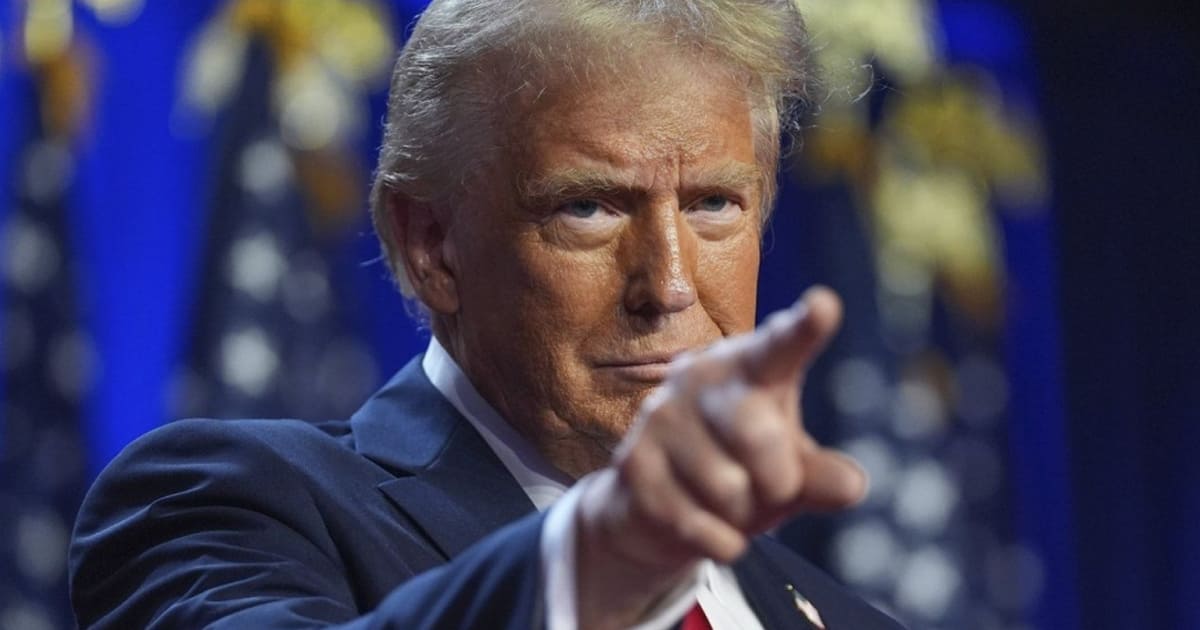
Mobilizing Working-Class and Rural Voters
Throughout the campaign, Trump focused on issues that resonate with America’s working class, especially in regions affected by industrial decline. His “America First” emphasizing job creation, manufacturing, and trade protectionism found strong support in economically struggling states, especially in the Midwest and the Rust Belt.
Trump’s messages of revitalizing American industry and securing domestic jobs helped him outperform Kamala Harris in states where economic anxiety is high. This voter base has historically been a key component of Trump’s support, and in 2024, he strengthened it by framing himself as a champion of traditional American values and economic security
The Economy as the Top Concern for Voters
In 2024, economic stability and high inflation remained top issues for American voters. Many cited concerns about their finances and expressed disappointment with the current state of the economy. Trump’s promises of tax cuts, deregulation, and pro-business policies aligned with the sentiments of many who felt economically strained.
His campaign argued that a return to his leadership would mean an improvement in economic conditions, resonating with voters who had lost faith in the Democratic administration’s handling of inflation and interest rates. This economic messaging proved effective, as exit polls indicated that nearly half of voters felt that the economy was worse than it had been four years prior.
Support from Influential Figures and Media Platforms: Elon Musk’s Role
A significant and unique element of Trump’s 2024 campaign was his collaboration with tech magnate Elon Musk, who used his influence, platform, and substantial financial resources to amplify Trump’s message. Musk, who publicly endorsed Trump, played a crucial role in mobilizing younger voters and independent thinkers, groups typically harder for Trump to reach.
By engaging Trump on social media, appearing in interviews, and using his platform X (formerly Twitter) as a megaphone for Trump’s campaign, Musk helped broaden Trump’s appeal among younger demographics and independent voters.
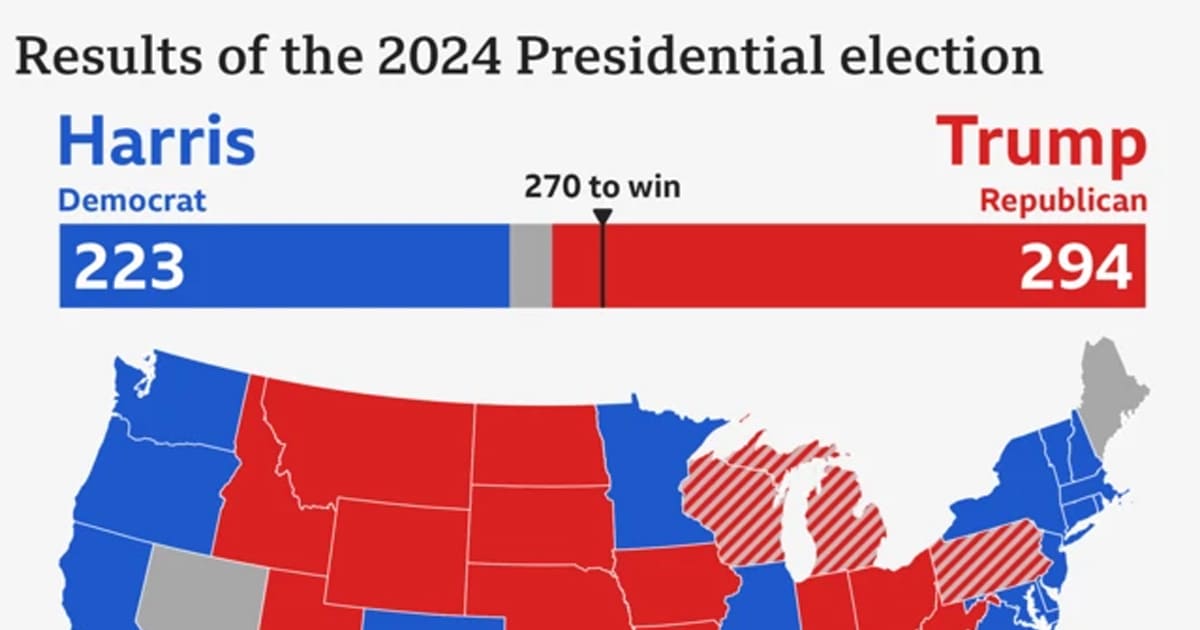
Musk’s influence went beyond digital endorsements. Reports indicate that he invested over $100 million in Trump’s campaign, financing canvassing operations in battleground states such as Michigan, Arizona, and Wisconsin.
Additionally, Musk’s America PAC collaborated with organizations like Turning Point Action to rally support for Trump on the ground. This fusion of digital influence and financial power allowed Trump’s campaign to reach audiences that may have previously been outside his base
Strategic Media Outreach and Digital Presence
Trump and Musk jointly capitalized on podcasts and streaming platforms to engage young voters. Trump appeared in interviews with figures popular among younger audiences, such as Adin Ross and Logan Paul, who collectively have millions of followers. Musk’s platform, with millions of active users, became a primary channel for pro-Trump content and messaging, reaching vast audiences in ways traditional campaign strategies could not.
This approach helped counteract the support Harris received from more traditional media and built a strong digital following for Trump, further contributing to his electoral success.
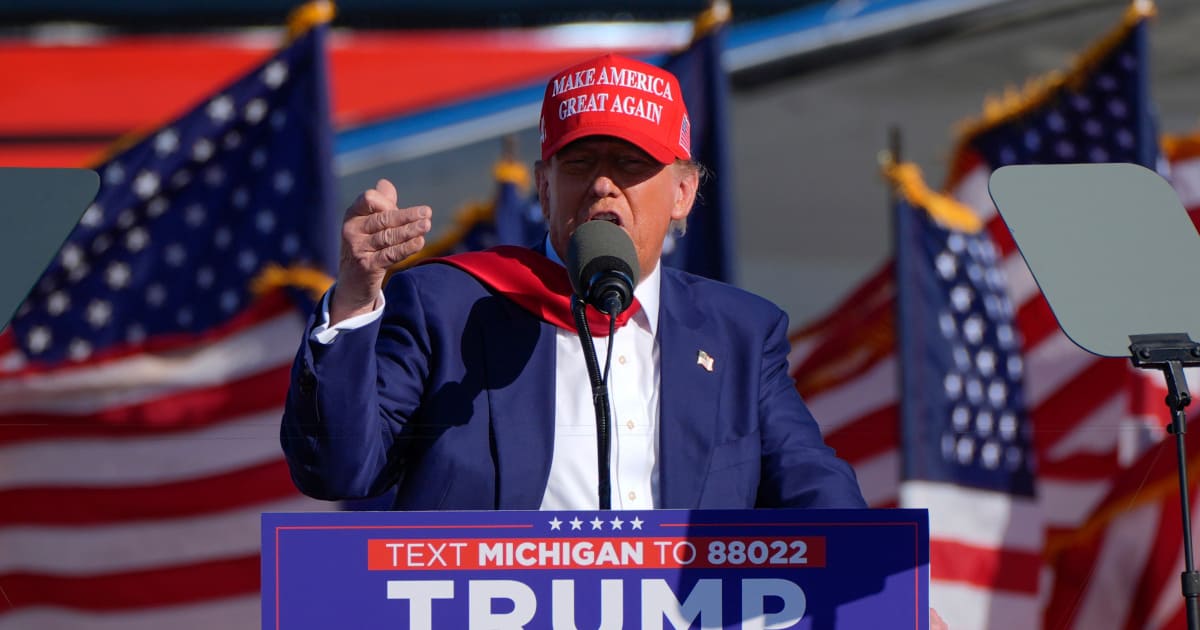
Counteracting Harris’s Appeal Among Women and Minorities
Although Kamala Harris enjoyed significant support from female voters, particularly after the Supreme Court’s controversial abortion rulings, Trump’s campaign targeted minority communities and marginalized groups in economically struggling areas.
Through his messaging on job creation and economic improvement, Trump chipped away at the Democratic stronghold on these demographics, ultimately swaying a portion of minority voters.
This shift in voter behavior, while modest, was enough to strengthen Trump’s support in several key swing states and contributed to his narrow victory
What Trump’s Return Means for U.S. Economy: Key Policy Forecast
Under Donald Trump’s anticipated 2024 administration, several economic policies are likely to be prioritized, based on his campaign statements and prior policy positions. Although these remain speculative, they give insight into the possible direction of U.S. economic policy in his second term.
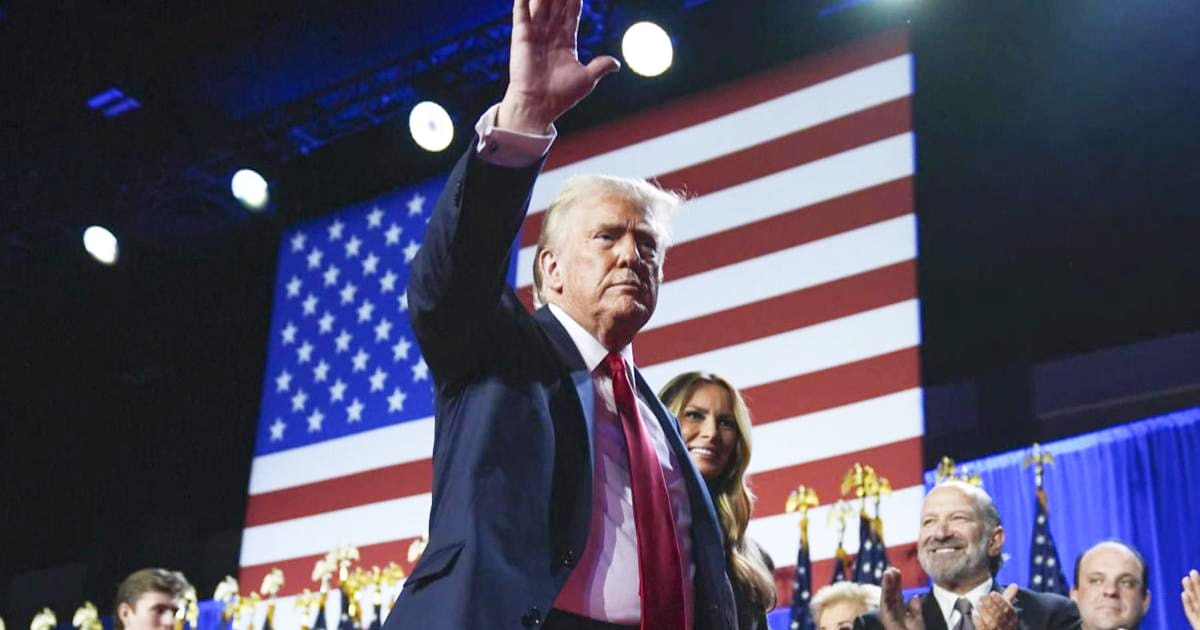
Tax Cuts for Businesses and Individuals:
Trump has frequently reiterated his commitment to reducing taxes as a means to stimulate economic growth. Similar to his 2017 tax reform, which reduced corporate tax rates and included individual tax cuts, Trump has hinted at further tax reductions aimed at encouraging business investment and increasing disposable income for households.
He has suggested that lower taxes will enable businesses to expand operations, leading to job creation and economic growth. However, the scale and specifics of these potential tax cuts remain uncertain, and much would depend on Congressional support.
Protectionist Trade Policies:
Trump has long been an advocate of “America First” policies, and his return to office could mean a continuation or even escalation of protectionist measures. He has previously implemented tariffs on imports from China and renegotiated trade deals, such as the USMCA (United States-Mexico-Canada Agreement).
Trump’s statements suggest he may seek to renegotiate other international trade agreements or impose further tariffs on imports, aiming to protect American industries and reduce the trade deficit. While these policies could stimulate domestic manufacturing and benefit specific industries, they also carry the risk of increased consumer prices and potential trade conflicts.
Deregulation Across Key Sectors:
Trump has often criticized what he sees as overregulation, particularly in the energy and environmental sectors. He has indicated that he may roll back regulations to reduce operational costs for companies, thereby fostering a more business-friendly environment.
This could involve easing restrictions on fossil fuel production, loosening environmental protections, and reducing compliance costs for industries like technology and agriculture. Supporters argue that such measures would drive investment and job creation; however, environmental advocates express concerns about potential impacts on climate change and public health.
Investment in Infrastructure Development:
Throughout his campaigns, Trump has underscored the need to improve America’s infrastructure. His administration could focus on initiatives to modernize transportation, energy grids, and digital infrastructure. By investing in infrastructure, he may aim to create jobs and improve the competitiveness of the U.S. economy. While such projects are generally popular, they would require significant funding, raising questions about potential impacts on the federal budget and deficit.
Stricter Immigration Policies: Trump’s strong stance on immigration suggests he may introduce policies that further restrict immigration. He has argued that tighter immigration controls will protect American jobs and reduce strain on public resources.
This could lead to changes affecting both skilled and unskilled immigration, impacting sectors that rely heavily on immigrant labor. While proponents believe this would benefit American workers, critics worry it could lead to labor shortages in industries like agriculture, hospitality, and technology.
These anticipated policies reflect Trump’s ongoing focus on strengthening domestic industry, reducing taxes, and promoting self-reliance in the economy. While each policy carries potential benefits, it also comes with risks and uncertainties that could affect the broader U.S. economy and its global relationships.
Read more news at Swaycout to summarize for you. Here you can choose designs with political themes and suitable for you. You may also like: Trump Won 2024 Shirt
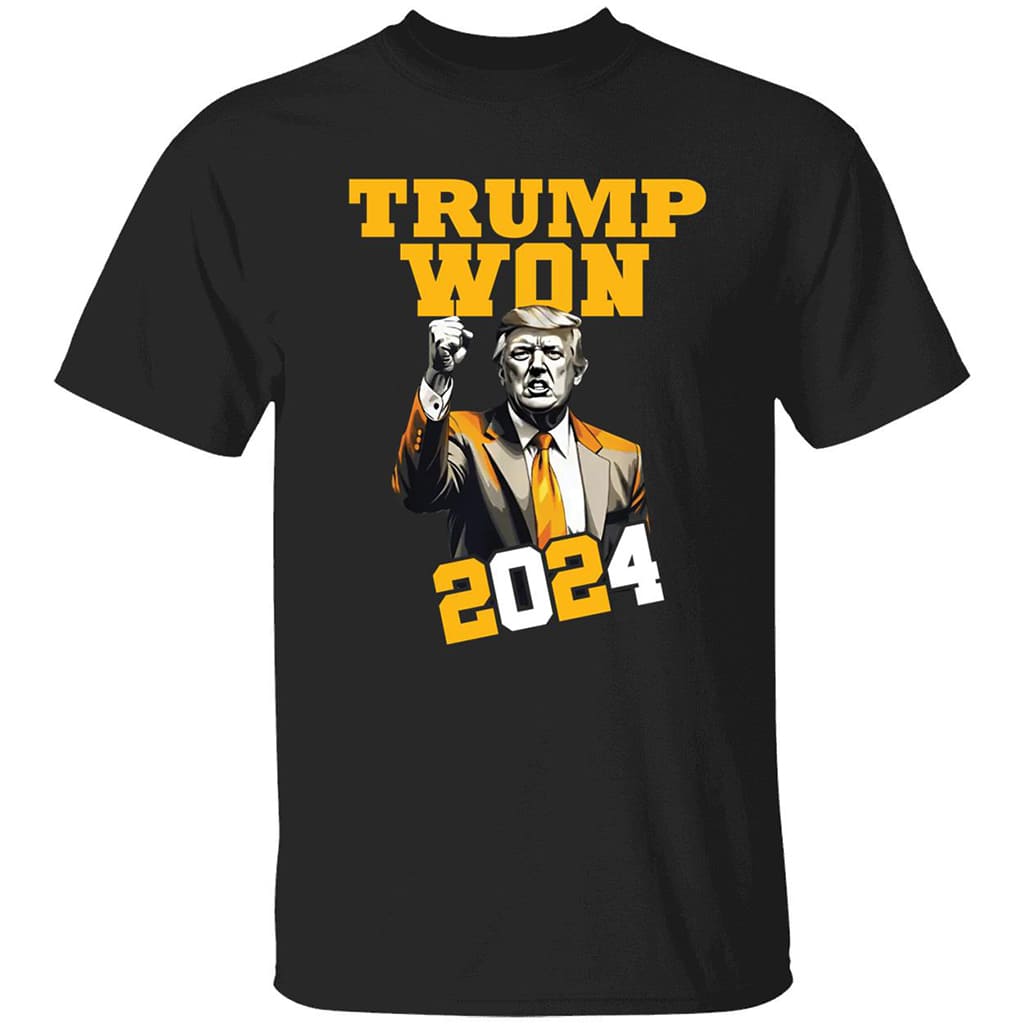
Read more: Support Donald Trump 2024: 7 Unprecedented Shifts Following Shocking Assassination Attempt
